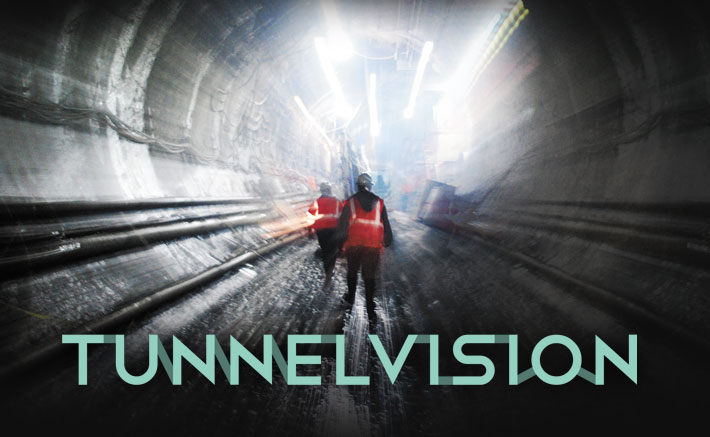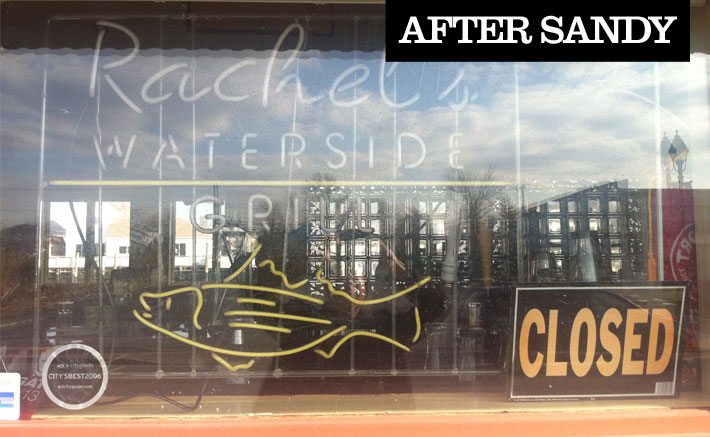

The noise was like being stuck in a traffic jam of jet planes, as the roars of heavy machinery and clanging metal echoed in the chambers. Men in hard hats and orange vests huddled in the distance beneath the glaring artificial lights, gazing at something hidden from our sight, like signs of an alien life-form, perhaps, that they’d just uncovered.
We were 40 feet below Madison Avenue and 48th Street in Manhattan on a specially arranged tour of the multi-billion dollar East Side Access Project: the future concourse of the Long Island Rail Road’s newest stop, Grand Central Terminal, currently scheduled for train arrivals and departures in September 2016.
“There are many ways you can get hurt, especially underground,” Mike Piepenburg had warned us. Piepenburg is the project manager for Hatch Mott MacDonald, one of the firms hired by the Metropolitan Transportation Authority to do consulting work on this project, the largest infrastructure undertaking in the United States.
Our small group carefully trudged along the gray rocky floor till we came to an elevator that would take us down another 90 feet to the planned train platforms. Near the entrance was “The Check-in Check-Out Board,” filled with rows of hooks, about 850 in all. Above each hook was a name. Hanging from each was a tag about the size of a silver dollar, green on one side, red on the other. Red means the worker has entered the tunnel below. “You flip ’em over when you’re underground,” a worker tells us as we board the elevator. “You flip ’em back when you come out.”
Click for more photos and exclusive video at www.longislandpress.com/tunnel-vision
The elevator took us to what would become the mezzanine. The air was markedly colder. The cavern we were in was about 1,100 feet long, 60 feet wide, and right now about 20 feet high. Workers overhead assembled scaffolding for pouring concrete arches and installing the ceiling framework.
“We still have another 40 feet to excavate,” said Alan Paskoff, program director of MTA Capital Construction, an agency set up in 2003 to handle mega-projects like this. When the mezzanine is completed, it will connect to two tracks on the upper platform level, two on the lower, eight tracks in all. The LIRR plans to run 24 peak trains into the terminal, bringing in an estimated 75,000 people during rush hour daily.
Paskoff’s breath was visible in the cold subterranean air. As we walked, slurry tugged at our boots. Slurry is the gray sludge left over from the pulverized Manhattan schist, the 500 million-year-old bedrock upon which our city’s skyscrapers are built. A scoop tram, a low profile front-loader designed for maneuverability in tight spaces, took the debris away like a big yellow dung beetle, darting through archways connecting the two caverns. At the northern end another machine turned the crushed schist into slurry, and dumped it onto a conveyor belt five miles long that took the material to the processing plant at the Sunnyside Yards in Queens.






